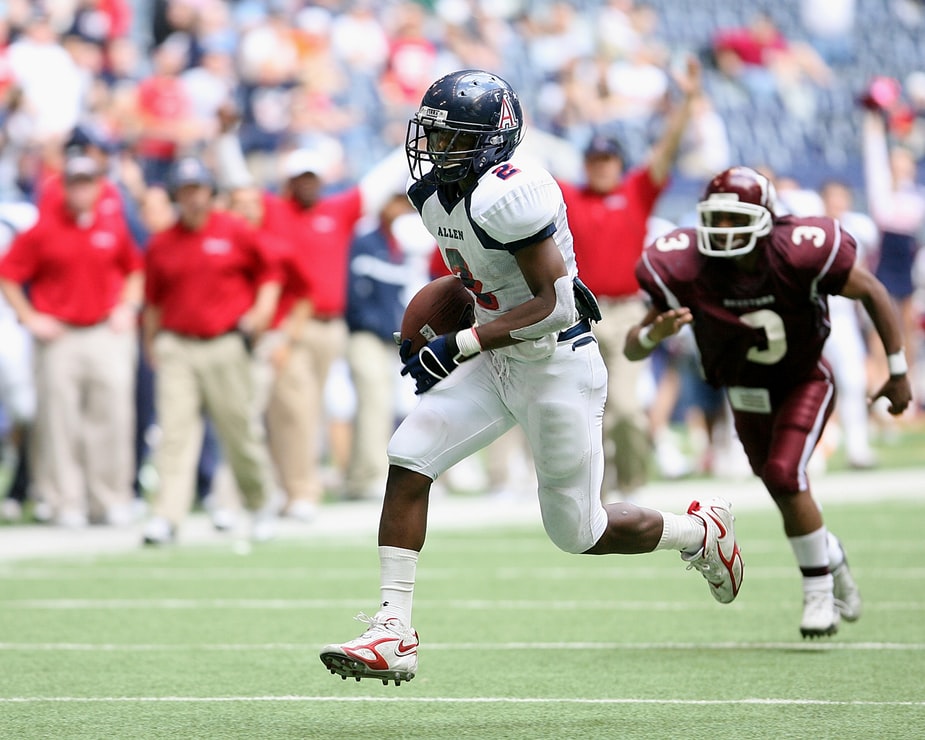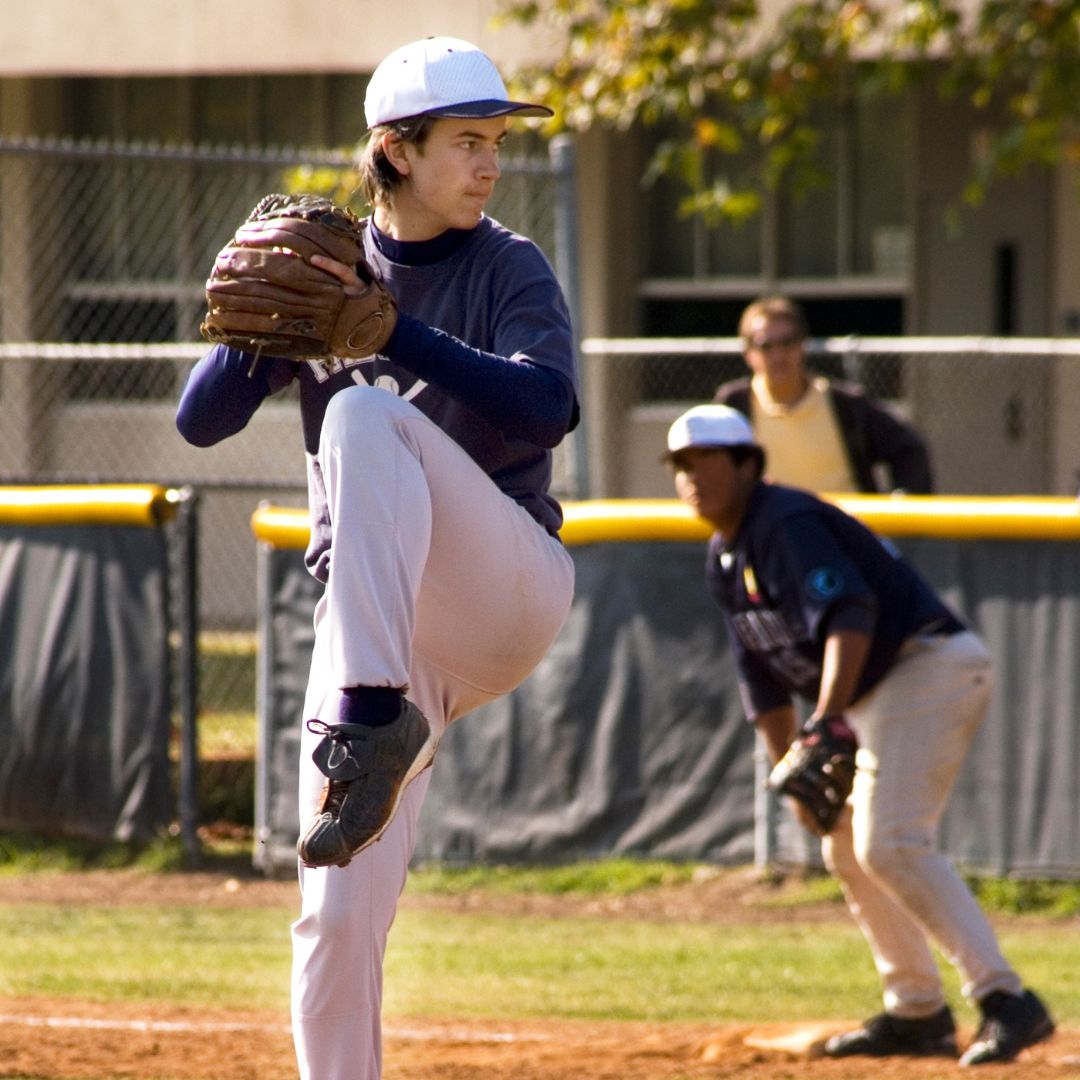
Due to American football players frequently injuring their big toe while competing on artificial turf, the term turf toe was conceived. But what is it? Turf toe is a sprain to the metatarsophalangeal joint (MTP) in the big toe.
It occurs when the toe muscle stretches when they are overly bent upward; a common way is a starting position right before running. Athletes in sports such as soccer, wrestling, and dance are also at risk for this type of injury due to the foot’s frequent use in this position while running or jumping.
What Do the Symptoms Look Like?
Symptoms and treatment vary depending on the severity of the injury. Doctors will diagnose it as Grade 1 to Grade 3 for mild to severe cases. The plantar complex contains structures such as the plantar plate or collateral ligament.
- Grade 1: Plantar complex stretches. Conditions are located at the site of this mild injury such as:
- Tenderness
- Minor Swelling
- Grade 2: Plantar complex partially tears. Conditions are more widespread as the movement in the big toe is limited:
- Tenderness
- Swelling
- Bruising
- Grade 3: Plantar complex complete tears. Conditions are severe as moving the big toe is difficult:
- Severe tenderness
- Severe swelling
- Bruising
What are the Treatment Options?
For a turf toe injury, surgical and non-surgical treatments are available. When the sprain first occurs it is recommended you follow the RICE protocol (rest, ice, compression, and elevation).
Most turf toe cases are treated without the need of a doctor. Again, depending on the severity, the recovery outlook will vary.
- Grade 1: Follow the RICE protocol to expedite the recovery process. Athletes with this type of injury can tolerate the pain and continue to compete with proper footwear.
- Grade 2: Your doctor may prescribe a walking boot for a week. Afterward, taping the big toe to the other toes will limit the movement of the toe.
- Grade 3: Your doctor will prescribe either a walking boot or cast for several weeks to properly heal the toe. Your treatment will then be downgraded to Grade 2 and 1.
Athletes with Grade 2 or Grade 3 injuries will need approximately three to fourteen days of rest before participating in sports again.
When is Surgery Necessary?
Surgery is less typical for a turf toe injury. However, significant Grade 3 tears will require surgery to mend the joint function again. Some injuries are:
- Sesamoid fracture
- Loose bony chip in the joint
- The unusual motion of the MTP joint
How Can We Help?
After resting the muscles in your big toe, physical therapy is crucial for recovery. It will also decrease the risk of straining the toe again. At Block Chiropractic and Sports Physical Therapy, we guarantee you will recover as quickly as possible. Our team is made up of former Division 1 athletes, so we dedicate our expertise to your return to the field again. If you have any questions, schedule an appointment at either our Smithtown or Selden location today.



